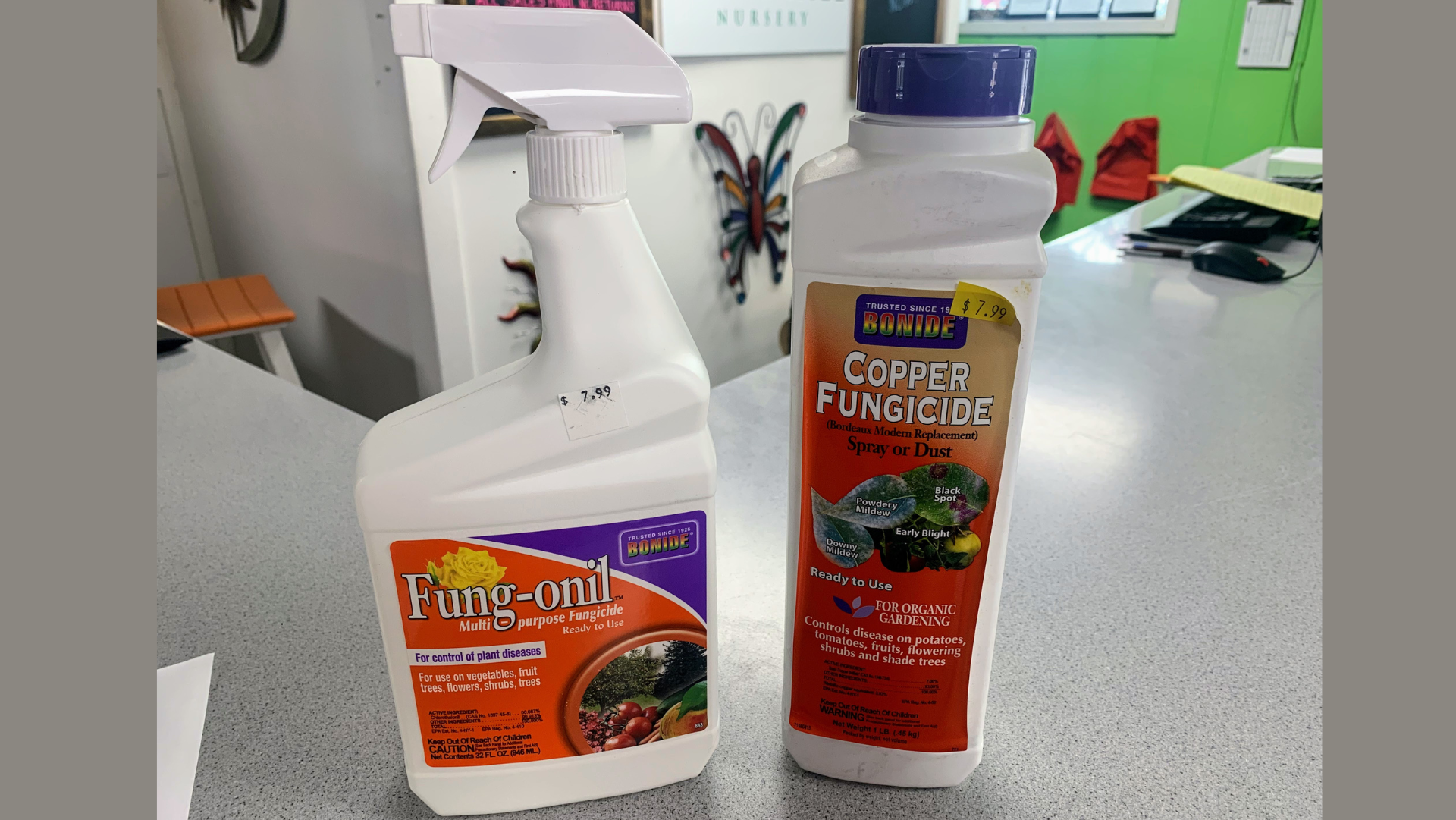
Rust and Mildew on Landscape Plants
With the wet and humid weather we have had this month we have seen many fungal diseases
affecting trees and shrubs. Two of the most prevalent have been mildews and rust.
RUST: It’s easy to spot rust on a trowel or garden tool. It’s that reddish orange flaky stuff that
forms when metal reacts with moisture and oxygen. Rust is a disease that also harms our
landscape plants. It even affects vegetable plants and your lawn. First signs of rust are tiny
orange to rusty brown spots and specks on leaves. If untreated the spots turn into a bumpy
looking spot and eventually will break open and release tiny spores that spread by wind and
watering. Rust is usually not fatal, but can cause plants to experience stunted growth. Also
dead branches and premature leaf drop can happen as well. Lawns can take on a little reddish
coloration and you may see some orange- red dust as you mow. Rust loves damp conditions.
Don’t overwater plants and if you water overhead with sprinklers do it early in the day so
foliage can dry before nightfall as this will help prevent rust. You can also control rust with a
Copper fungicide, dust or Neem Oil.
MILDEW: Mildews are easily spotted by the white powdery appearance on the upper surfaces
of leaves. One of the most common that we see in our area is Powderly Mildew. Plants that
are subject to daily irrigation are the most prone to get powdery mildew as excessive moisture
and humidity contributes to its development. Landscapes that promote good light and
aeration tend to discourage powdery mildew. There are some plants such as roses that seem
to get this disease no matter what. For the most part fungicides can be applied to prevent or
control mildews. Bonide Fung-Onil works well for this.
